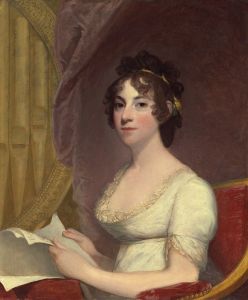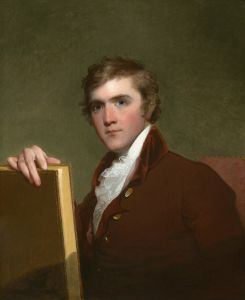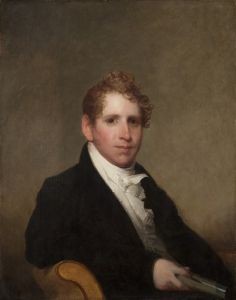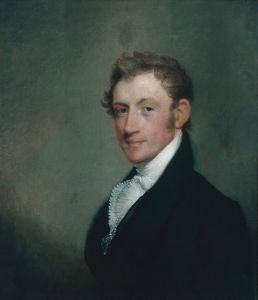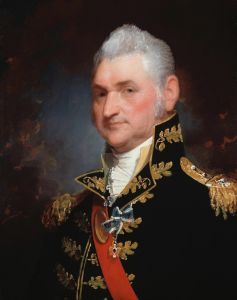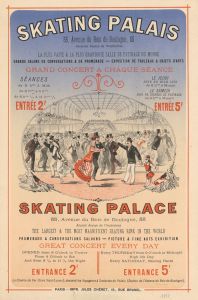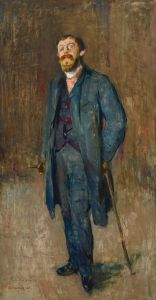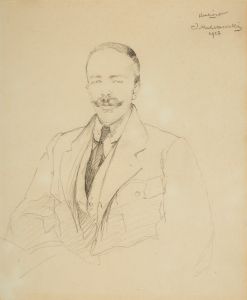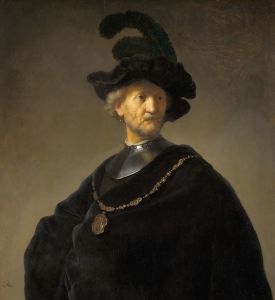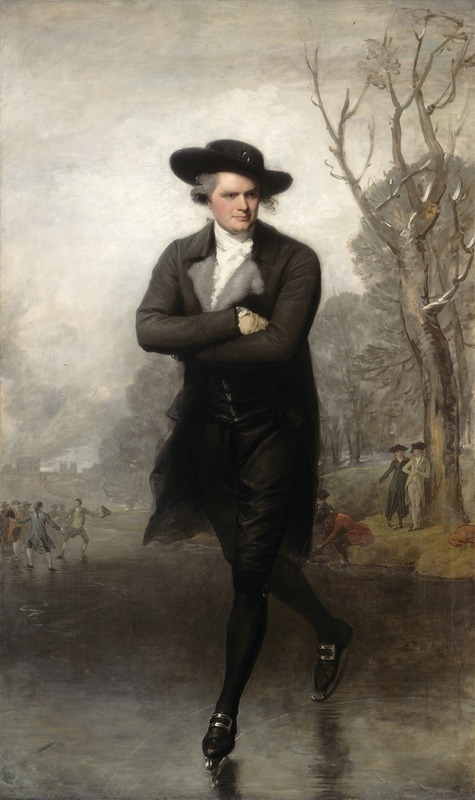
The Skater
A hand-painted replica of Gilbert Stuart’s masterpiece The Skater, meticulously crafted by professional artists to capture the true essence of the original. Each piece is created with museum-quality canvas and rare mineral pigments, carefully painted by experienced artists with delicate brushstrokes and rich, layered colors to perfectly recreate the texture of the original artwork. Unlike machine-printed reproductions, this hand-painted version brings the painting to life, infused with the artist’s emotions and skill in every stroke. Whether for personal collection or home decoration, it instantly elevates the artistic atmosphere of any space.
"The Skater," also known as "Portrait of William Grant," is an iconic oil painting by the American artist Gilbert Stuart, completed in 1782. This work is notable for its dynamic composition and innovative portrayal of the subject, which marked a departure from the more static and formal portraiture of the time.
Gilbert Stuart, born in 1755 in North Kingstown, Rhode Island, is renowned for his portraits of prominent figures, including the first six Presidents of the United States. However, "The Skater" is one of his earlier works, created during his time in London, where he honed his skills under the tutelage of Benjamin West, a leading American expatriate artist.
The subject of the painting, William Grant, was a young Scottish lawyer and a member of the British aristocracy. The portrait was commissioned during Stuart's stay in London, a period when he was establishing his reputation as a portraitist. What makes "The Skater" particularly remarkable is its depiction of Grant in motion, skating on the Serpentine River in Hyde Park, London. This choice of setting and pose was unconventional for the era, as most portraits of the time depicted subjects in static, seated, or standing positions within indoor settings.
Stuart's decision to portray Grant skating was likely influenced by the growing popularity of ice skating as a leisure activity among the British elite during the 18th century. The painting captures Grant in a graceful, gliding pose, with one leg extended behind him and his arms crossed over his chest. This posture not only conveys a sense of movement and elegance but also reflects the subject's confidence and poise.
The background of the painting is a winter landscape, with the icy surface of the river and the bare trees of Hyde Park providing a serene and atmospheric setting. Stuart's use of light and shadow adds depth to the scene, highlighting the crispness of the winter day and the sheen of the ice. The artist's attention to detail is evident in the rendering of Grant's attire, which includes a dark coat, breeches, and a hat, typical of the fashion of the time.
"The Skater" was well-received upon its completion and exhibited at the Royal Academy in 1782, where it garnered attention for its originality and technical skill. The painting is often credited with helping to establish Stuart's reputation in the competitive London art scene, leading to further commissions from British and American patrons.
Today, "The Skater" is housed in the National Gallery of Art in Washington, D.C., where it continues to be admired for its innovative approach to portraiture and its historical significance. The painting remains a testament to Gilbert Stuart's ability to capture not only the likeness of his subjects but also their character and vitality, setting a new standard for portrait art in the late 18th century.






